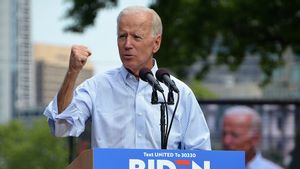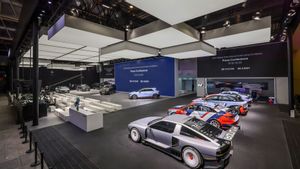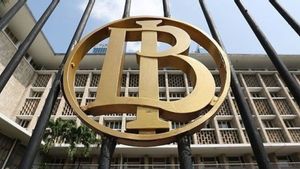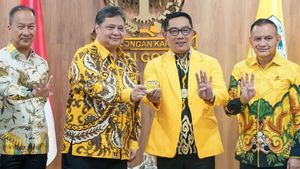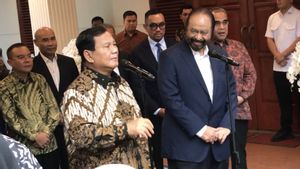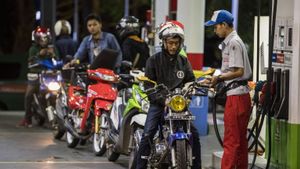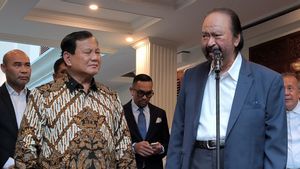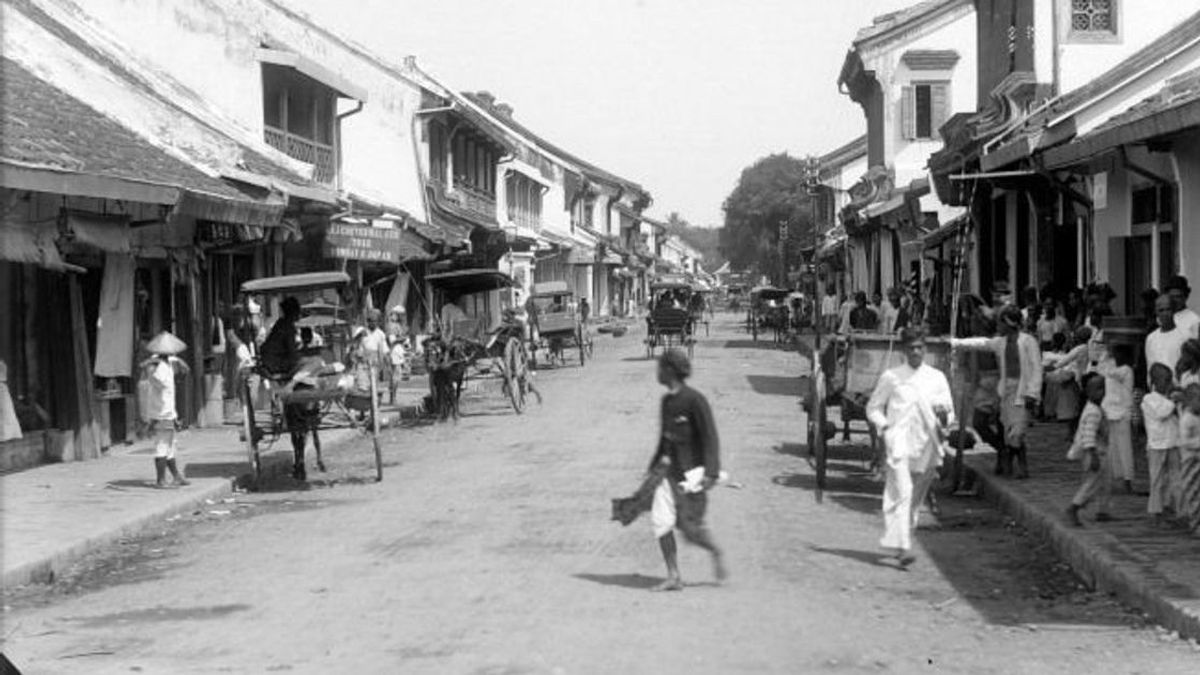
JAKARTA - Pasar Baru has a long history. The new market is an area that was built in the 19th century, some time after the Governor General of the Dutch East Indies, Herman Willem Daendel (1808–1811) started a big breakthrough in moving the center of government.
The center of government which was originally in Oud Batavia - Old Batavia or Kota Tua - was moved to Weltevreden, the area around Lapangan Banteng. One of the famous travel guides, Java the Wonderland describes Pasar Baru as a reference.
"Leave the hotel, cross one of the Molenvliet bridges, and walk over the Berendracht Highway to the New Church (Nieuwe Kerk), nearby is a large temple, and from Passer-Barhroe to Goenoeng Sahri."
The book Java the Wonderland was created by Batavia Vereeniging Toeristenverkeer to capture the unique beauties of the Indies (Indonesia) in the past. And Pasar Baru - formerly Passer-Baroe - is one of the locations that tourists must recommend when visiting Jakarta.
By Daendels, Pasar Baru was built to meet the needs of European and Dutch citizens who increasingly came to Batavia. How could it not, at that time, many Europeans had settled around Jalan Rijswijk which is now known as Jalan Veteran, Noordwijk (Jalan Juanda), Pecenongan, to the floodgates.
A commercial area that is never desertedIn the 1920s, the view of the Pasar Baru area was filled with motorized vehicles. Yes, although it is relatively rare because it is only owned by Europeans or rich natives. At that time, the usual sado and carts were marginalized.
Senior journalist, Alwi Shahab, writing in Pasar Baru in Weltevreden, expressed his view when he saw the photo document of the atmosphere of Pasar Baru in the 1930s. He himself wrote: The condition of the building is not much different from now. Only a handful of 1920s Morris and Fiat cars with hoods can be opened and closed.
In addition, Alwi Shahab also described the condition of the people who came to Pasar Baru. They look relaxed walking without fear because the traffic is quite quiet.
There were also women wearing batik and kebaya, which were their daily clothes at that time. Others, the men appeared in sarongs, koko shirts, and black caps.
Pasar Baru's fame lasted until 1970. The lack of construction of modern malls or shopping centers is a blessing for Pasar Baru.
The trade activity can still be witnessed in Pasar Baru to this day. Although not as busy as before, Pasar Baru is a memory that cannot be separated from Jakarta.
Moreover, Indian shops that have been known as reliable textile sellers since colonial times can still be found. To the extent that, the picture of the textile trader was immortalized by Moctar Lubis in several fragments in his novel entitled Senja di Jakarta (1963).
And Dahlia took a package of batik which she brought from the shop could be owed,
And yet she doesn't know how to pay off those debts,
Or ordered to pay by Suryono or also by the young shop owner he subscribes to,
Indians in Pasar Baru,
Who had been dabbling in near him every time he came shopping at the store.
* Read other information about the Dutch colonial period or read other interesting articles by Detha Arya Tifada.
MEMORY OtherThe English, Chinese, Japanese, Arabic, and French versions are automatically generated by the AI. So there may still be inaccuracies in translating, please always see Indonesian as our main language. (system supported by DigitalSiber.id)


